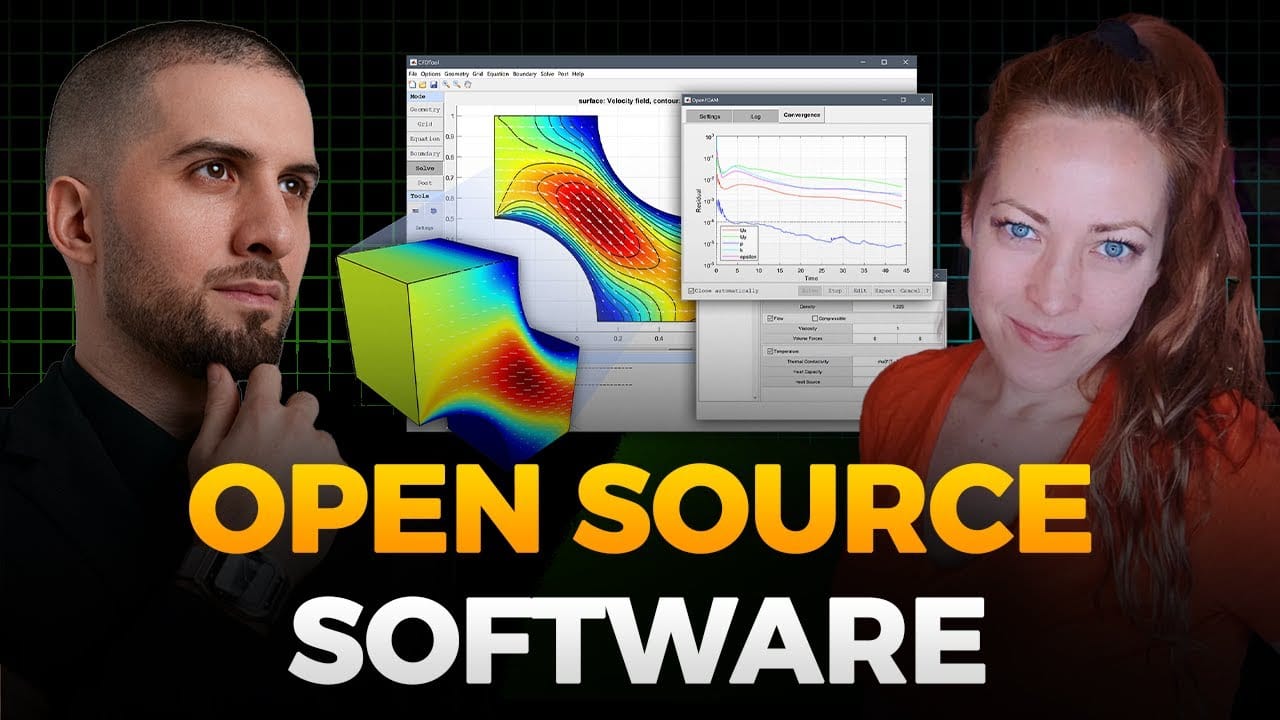Introduction
The debate over which tools hold the greatest value in engineering and data science has long dominated discussions in these fields. Yet, as projects grow more complex and interdisciplinary, the focus is shifting. Instead of "either-or," the future lies in "both-and." MATLAB, with its decades-long legacy, and Python, a darling of the open-source community, are increasingly seen not as competitors but as collaborators in the pursuit of efficiency, innovation, and interoperability.
This blog post explores how combining MATLAB and Python can streamline workflows, enhance productivity, and capitalize on the strengths of both tools.
MATLAB’s Take on Open Source
MATLAB's relationship with open source extends beyond the binary question of whether it is open or closed. While proprietary, MATLAB embraces openness through collaboration, accessibility, and integration. Its File Exchange platform, active since the early 1990s, enables users to share custom toolboxes and applications, fostering an ecosystem of innovation.
In recent years, MathWorks has introduced MATLAB Online, which offers a free 20-hour monthly allowance, allowing users to experiment with MATLAB code in the cloud without committing to a full license. This accessibility helps connect proprietary and open-source communities.
How do MATLAB and Python work together?
Modern engineering and data science projects often involve diverse teams working across different platforms and programming languages. Data scientists might use Python for machine learning, engineers might turn to MATLAB for signal processing, and developers might finalize deployments in C++.
MATLAB and Python can coexist seamlessly in such workflows. For instance, MATLAB users can execute Python scripts directly within MATLAB to access Python’s vast libraries, while Python users can call MATLAB functions to leverage MATLAB-specific capabilities like Simulink. Data interoperability is simplified with tools that convert complex data types, such as dictionaries and data frames, into MATLAB-friendly formats, ensuring smooth collaboration.
The MATLAB Engine API for Python facilitates this integration, allowing for the execution of MATLAB functions from Python scripts and vice versa. This interoperability enables teams to utilize the strengths of both platforms effectively.
Why MATLAB When Python is Free?
While Python is widely appreciated for its flexibility and cost-effectiveness, MATLAB offers unique advantages that make it a compelling choice for many tasks.
MATLAB's intuitive apps, like the Classification Learner, allow users to perform complex analyses with minimal effort. Its specialized toolboxes and pre-built algorithms save significant development time, and its deployment tools simplify the development of standalone applications or the integration of MATLAB components into larger systems. Engineers facing tight deadlines or complex projects often find MATLAB indispensable for its ability to streamline workflows and reduce overhead.
Three Levels of Open-Source Integration
MATLAB’s open-source integration operates on three levels:
- On Top of MATLAB: Community-driven contributions, like those on the File Exchange, extend MATLAB's capabilities.
- Inside MATLAB: Open-source algorithms are incorporated directly into MATLAB’s toolboxes, ensuring users benefit from advancements.
- Alongside MATLAB: Hybrid workflows enable the combination of MATLAB with Python, C++, and other languages, allowing teams to use the best tools for each task.
This multi-level integration strategy enhances MATLAB's versatility and allows users to leverage a broad spectrum of tools and libraries.
Best Practices for Integrating MATLAB and Python
Integrating MATLAB and Python requires careful planning to ensure smooth operation. Understanding the differences between data structures in the two platforms is essential, and MATLAB provides tools to simplify this.
Thoughtful workflow planning can help identify which tasks are best suited to each platform, minimizing unnecessary data conversions and reducing complexity. By focusing only on the elements needed for each task, teams can simplify workflows and eliminate unnecessary effort.
What Makes Low-Code Solutions Popular in Engineering?
As engineering projects grow more interdisciplinary, hybrid workflows are becoming the norm. Combining MATLAB, Python, and other tools allows teams to share insights, leverage the best features of each platform, and deploy solutions efficiently. The trend toward low-code and no-code solutions, such as MATLAB’s Simulink, supports this interoperability, enabling engineers to transition seamlessly between high-level scripting, visual interfaces, and detailed coding.
For insights into how low-code solutions are improving engineering workflows, explore this article that discusses the integration of MATLAB and Python in deep learning applications.
In conclusion, MATLAB and Python are not competitors; they are complementary tools that, when integrated, empower teams to address complex challenges with greater efficiency. By leveraging the strengths of both platforms, engineers and data scientists can reduce development time, and enhance collaboration. As hybrid workflows continue to evolve, integrating MATLAB and Python paves the way for greater innovation and productivity.

